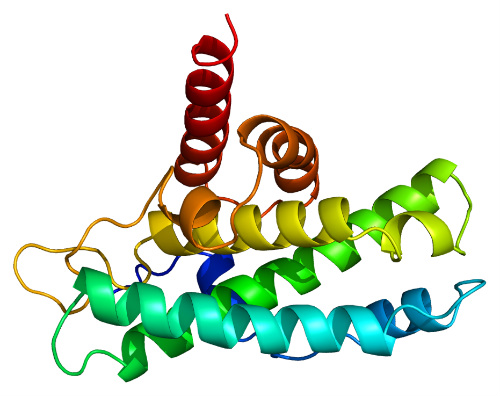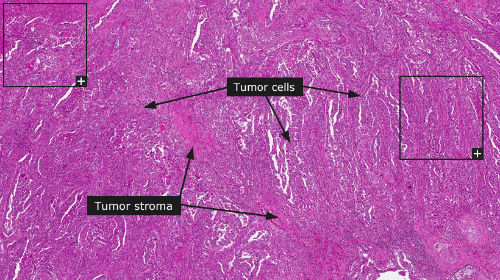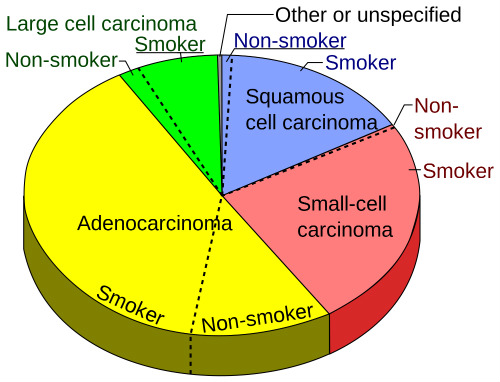The absence of one protein nearly doubles 5-year survival rates for patients with adenocarcinoma, the most common type of non-small cell lung cancer, according to a recent article in Human Pathology. The discovery gives oncologists a relatively simple test with which to select patients who will respond well to chemotherapy.
A team of researchers at Canada’s Lawson Health Research Institute in London, Ontario, found that patients who lack the retinoblastoma tumor suppressor protein (pRB; Figure 1) have much better outcomes following surgery and chemotherapy than those who have the protein.

"These results are surprising because pRB has traditionally been understood to be a suppressor of tumor growth," said co-author Fred Dick, PhD. "This study illustrates that the absence of pRB actually results in improved outcomes for those adenocarcinoma patients [Figure 2] who undergo chemotherapy and surgery," he said in an interview with MDalert.com.

Figure 2. Adenocarcinoma of the lung.
The researchers obtained archival tissue secretions from 91 cases of lung adenocarcinoma resected between 2003 and 2008. All 91 patients received platinum doublet chemotherapy. The median duration of survival was 5.9 years. The presence of pRB—and its hyperphosphorylated state, ppRB—was determined through immunohistochemistry and quantified by the intensity of signal and proportion of positive cells.

While pRB status did not affect the baseline levels of apoptotic or proliferative markers in the tumors analyzed, tumors with high levels of the protein had higher levels of the DNA damage response protein 53BP1.
The research not only helps oncologists determine which patients are likely to benefit most from aggressive chemotherapy regimens, but may provide a new avenue for research on agents that can increase the responsiveness of all cases of adenocarcinoma to chemotherapy.
